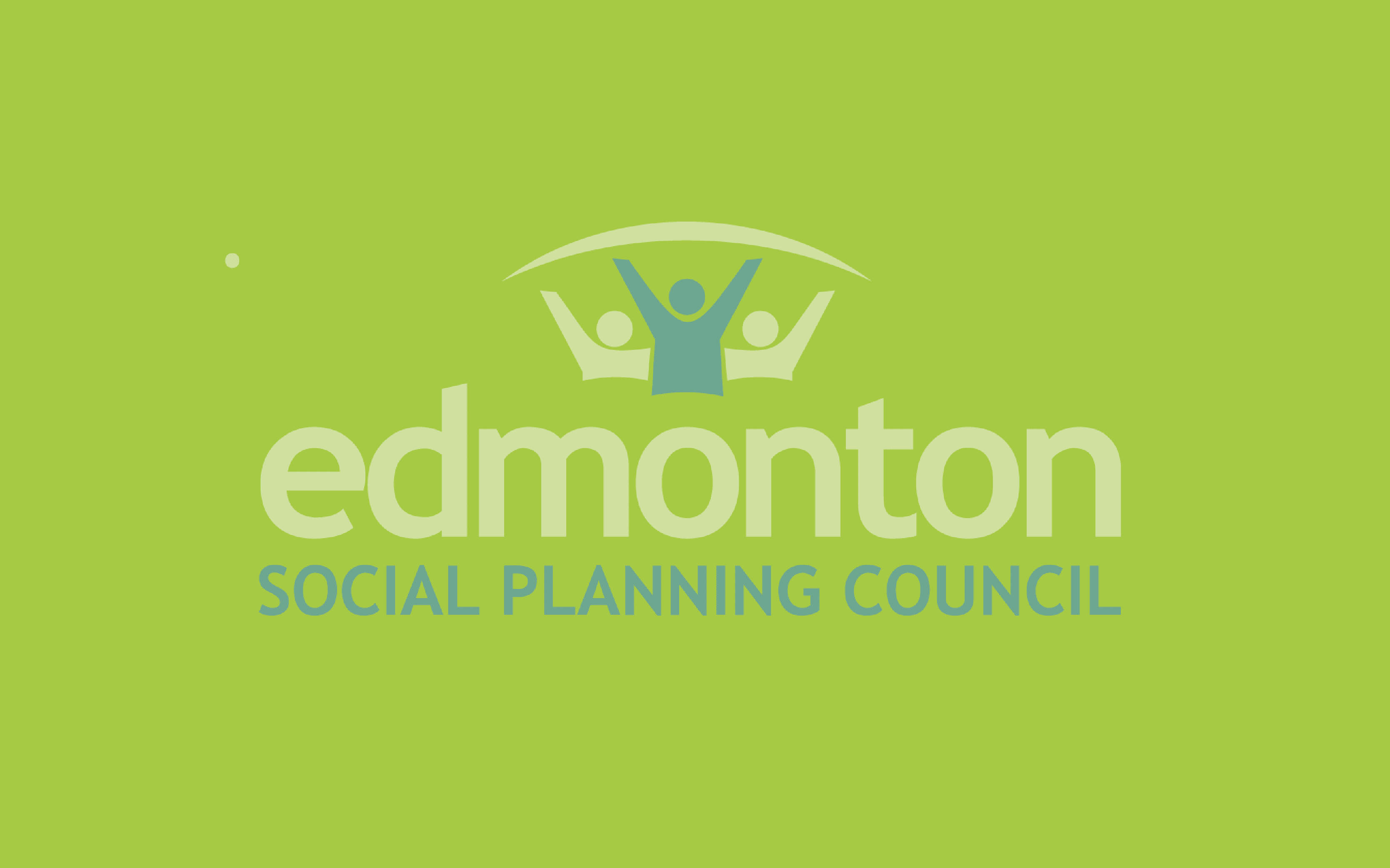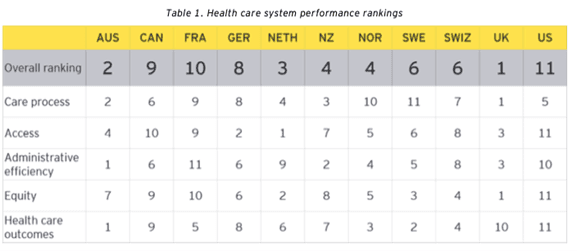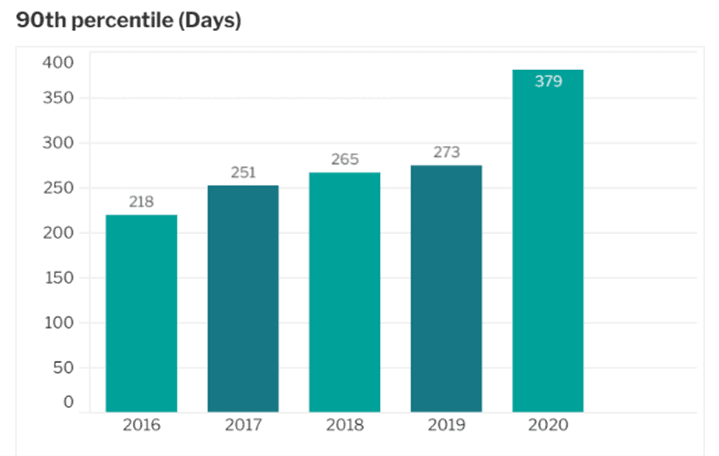[et_pb_section fb_built=”1″ _builder_version=”4.7.0″ custom_margin=”0px||0px||false|false” custom_padding=”0px||0px||false|false” global_colors_info=”{}”][et_pb_row column_structure=”3_4,1_4″ use_custom_gutter=”on” gutter_width=”2″ _builder_version=”4.7.7″ _module_preset=”default” width=”100%” custom_margin=”0px||||false|false” custom_padding=”0px||0px||false|false” border_width_bottom=”1px” border_color_bottom=”#a6c942″ global_colors_info=”{}”][et_pb_column type=”3_4″ _builder_version=”4.7.0″ _module_preset=”default” global_colors_info=”{}”][et_pb_post_title meta=”off” featured_image=”off” _builder_version=”4.7.4″ _module_preset=”default” title_font=”||||||||” custom_margin=”||3px|||” border_color_bottom=”#a6c942″ global_colors_info=”{}”][/et_pb_post_title][/et_pb_column][et_pb_column type=”1_4″ _builder_version=”4.7.0″ _module_preset=”default” global_colors_info=”{}”][et_pb_image src=”https://edmontonsocialplanning.ca/wp-content/uploads/2020/12/COLOUR-BLOCKS_spaced-300×51.png” title_text=”COLOUR BLOCKS_spaced” align=”center” _builder_version=”4.7.7″ _module_preset=”default” max_width=”100%” max_height=”75px” custom_margin=”0px|0px|0px|0px|false|false” custom_padding=”10px|0px|20px|0px|false|false” global_module=”96648″ global_colors_info=”{}”][/et_pb_image][/et_pb_column][/et_pb_row][et_pb_row column_structure=”3_4,1_4″ use_custom_gutter=”on” gutter_width=”2″ make_equal=”on” _builder_version=”4.7.7″ background_size=”initial” background_position=”top_left” background_repeat=”repeat” width=”100%” custom_margin=”0px|auto|0px|auto|false|false” custom_padding=”30px|0px|0px|0px|false|false” global_colors_info=”{}”][et_pb_column type=”3_4″ _builder_version=”4.5.6″ custom_padding=”0px|0px|0px|0px|false|false” global_colors_info=”{}” custom_padding__hover=”|||”][et_pb_text _builder_version=”4.7.5″ _dynamic_attributes=”content” _module_preset=”default” text_font=”|600|||||||” text_text_color=”#2b303a” custom_padding=”||32px|||” global_colors_info=”{}”]@ET-DC@eyJkeW5hbWljIjp0cnVlLCJjb250ZW50IjoicG9zdF9kYXRlIiwic2V0dGluZ3MiOnsiYmVmb3JlIjoiIiwiYWZ0ZXIiOiIiLCJkYXRlX2Zvcm1hdCI6ImRlZmF1bHQiLCJjdXN0b21fZGF0ZV9mb3JtYXQiOiIifX0=@[/et_pb_text][et_pb_text _builder_version=”4.11.4″ text_text_color=”#2b303a” text_line_height=”1.6em” header_2_font=”||||||||” header_2_text_color=”#008ac1″ header_2_font_size=”24px” background_size=”initial” background_position=”top_left” background_repeat=”repeat” text_orientation=”justified” width=”100%” module_alignment=”left” custom_margin=”0px|0px|0px|0px|false|false” custom_padding=”25px||||false|false” hover_enabled=”0″ locked=”off” global_colors_info=”{}” sticky_enabled=”0″]
Written by Sung Min (Amy) Jo, 2021 Canada Summer Jobs, Research Assistant
The provincial budget for 2021 proposed a 4% increase in funding, to approximately $23 billion, to Alberta’s health care system. This is significant, as previous models recommended a 1.5% year-over-year growth in spending to offset pressures to the system, such as population growth and aging, new hospitals, scheduled collective agreement rate step increase (wage increases), and commitments to improve surgical wait times. The proposed $23 billion is not inclusive of costs associated with the impact of COVID-19, which adds another $2.1 billion in spending.
The Government of Alberta’s fiscal plan for 2021–24 reports $98.2 billion in total debt outstanding. This is not news to Albertans, as the province has been accumulating a deficit over the past few years. One of the targeted areas for evaluation in public service efficiencies and cutbacks includes health care, which accounts for 43% of public spending in Alberta, making this the largest expense compared to other domains of the operating budget.
Figure 1 Calgary Herald – source
According to the Alberta Health Services (AHS) Performance Review, an increase in spending does not produce better health outcomes for Albertans. A study from the Commonwealth Fund conducted in 2017 compared health care spending to health care system quality indicators on the international stage among 18 countries. Canada’s health care spending ranked 9th for percentage of GDP spent on health care and 7th on health care spending per capita. Out of 11 countries, Canada ranked 10th in access to care, 9th in equity and 9th in health care outcomes. Most significant was Canada’s performance in access to care, with 18% of participants indicating a wait time of four or more months to receive an elective surgical procedure, and 30% indicating a wait time of two or more months for a specialist appointment. As per the results of the study, rankings on the health care system quality indicators does not correlate to the province’s reported high spending.
Figure 2 AHS Performance Review – source
Nationally, Alberta ranks poorly for a number of health indicators, reporting higher than national average rates for infant mortality, deaths from major cardiovascular disease, deaths from intentional self-harm (suicide), and hospitalized heart attacks. This highlights the issue that increased funding in a major sector such as health care does not necessarily result in improved health outcomes.
Provincial measures to produce better health outcomes for Albertans while improving cost efficiencies include three initiatives, outlined in the provincial budget. The three initiatives include a surgical plan, a continuing care plan, and a CT and MRI access plan. The first two are discussed further below. Altogether, these three initiatives will take up to $16 billion to reduce long-term health care costs and focus on improvements for a more sustainable and efficient health care system.
Alberta Surgical Plan Initiative
The Surgical Plan Initiative (SPI) is a province-wide initiative to reduce surgical backlogs and increase elective surgery capacity in the current health care system—which is necessary now more than ever. The surgical backlog that existed before the COVID-19 pandemic has worsened as elective surgeries have been cancelled due to repeated waves of COVID-19-related hospitalizations and an increased strain on health care resources. As a result, the number of patients receiving elective surgical procedures within a clinically appropriate timeline has decreased. Despite increased spending to health care each fiscal year, Alberta’s health care system fails to provide timely health care services. This is indicated in Figure 3, and the trend line suggests worsening capacity measures.
The Alberta SPI aims to reduce the backlog of elective surgical procedures by outsourcing to non-hospital surgical facilities. This could mean 27% (75, 511) more procedures, ensuring more patients receive their elective surgeries within clinically appropriate timelines.
Figure 3 Canadian Institute for Health Informatics – source
Continuing Care Plan Initiative
The AHS Performance Review report revealed that acute care expenses were 32.9% of the total health services budget, representing the largest proportion of clinical care services spending. Considering the high cost associated with hospital stays, AHS has made active efforts to adjust resources in order to diversify clinical services (i.e., long-term care, community-based and home care services). By focusing on comprehensive care in the community to help Albertans receive earlier care and preventions, these efforts aim to maintain health and well-being at an overall lower cost.
Since 2016/17, the percentage of clients admitted to a continuing care space within 30 days has declined. This indicates that wait times for continuing care spaces have increased and resources are sparse, despite growing need. This rate is predicted to increase significantly, shaped by the growing demands of the increasing older adult population. Without adequate bed capacity in continuing care facilities to support this population, health care concerns will likely lead to prolonged stays in acute, hospital-based settings, and result in worse health outcomes and increased spending. Budget 2021 includes $3.5 billion for continuing care, community care, and home care programs in support of Alberta’s aging population.
The Continuing Care Plan Initiative aims to achieve better health outcomes at a lower cost by integrating a continuum of care model that supports healthy living in the community for all ages and that will reduce the need for costly acute hospital resources.
Conclusion
Health care spending in Alberta is under intense analysis, now more than ever. From health care cuts over the past year to the continuing stress of the pandemic on the health care system, decisions related to health care budgeting must be made with careful considerations. When inflating spending to the health care sector is not viable in Alberta’s economy, cost saving efficiencies must be evaluated to preserve Alberta’s fiscal future while maintaining a level of standardized health care for Albertans.
About Sung Min (Amy) Jo
Sung Min (Amy) Jo is a nursing student at the University of Alberta. After previous work experience with community non-profits, she is excited to pursue a career in public health pertaining to policy and program development in response to barriers experienced by vulnerable/marginalized communities. Sung Min worked with ESPC through a Canada Summer Jobs student placement this past summer and fall, and has since signed up as a volunteer with the organization.
[/et_pb_text][/et_pb_column][et_pb_column type=”1_4″ _builder_version=”4.7.4″ custom_padding=”0px|20px|0px|20px|false|false” border_color_left=”#a6c942″ global_colors_info=”{}” custom_padding__hover=”|||”][et_pb_testimonial author=”Posted by:” job_title=”@ET-DC@eyJkeW5hbWljIjp0cnVlLCJjb250ZW50IjoicG9zdF9hdXRob3IiLCJzZXR0aW5ncyI6eyJiZWZvcmUiOiIiLCJhZnRlciI6IiIsIm5hbWVfZm9ybWF0IjoiZGlzcGxheV9uYW1lIiwibGluayI6Im9uIiwibGlua19kZXN0aW5hdGlvbiI6ImF1dGhvcl93ZWJzaXRlIn19@” portrait_url=”@ET-DC@eyJkeW5hbWljIjp0cnVlLCJjb250ZW50IjoicG9zdF9hdXRob3JfcHJvZmlsZV9waWN0dXJlIiwic2V0dGluZ3MiOnt9fQ==@” quote_icon=”off” portrait_width=”125px” portrait_height=”125px” disabled_on=”on|off|off” _builder_version=”4.7.7″ _dynamic_attributes=”job_title,portrait_url” _module_preset=”default” body_text_color=”#000000″ author_font=”||||||||” author_text_align=”center” author_text_color=”#008ac1″ position_font=”||||||||” position_text_color=”#000000″ company_text_color=”#000000″ background_color=”#ffffff” text_orientation=”center” module_alignment=”center” custom_margin=”0px|0px|4px|0px|false|false” custom_padding=”32px|0px|0px|0px|false|false” global_colors_info=”{}”][/et_pb_testimonial][et_pb_text disabled_on=”on|off|off” _builder_version=”4.7.7″ _dynamic_attributes=”content” _module_preset=”default” text_text_color=”#000000″ header_text_align=”left” header_text_color=”rgba(0,0,0,0.65)” header_font_size=”20px” text_orientation=”center” custom_margin=”||50px|||” custom_padding=”48px|||||” global_colors_info=”{}”]@ET-DC@eyJkeW5hbWljIjp0cnVlLCJjb250ZW50IjoicG9zdF9jYXRlZ29yaWVzIiwic2V0dGluZ3MiOnsiYmVmb3JlIjoiUmVsYXRlZCBjYXRlZ29yaWVzOiAgIiwiYWZ0ZXIiOiIiLCJsaW5rX3RvX3Rlcm1fcGFnZSI6Im9uIiwic2VwYXJhdG9yIjoiIHwgIiwiY2F0ZWdvcnlfdHlwZSI6ImNhdGVnb3J5In19@[/et_pb_text][/et_pb_column][/et_pb_row][/et_pb_section]



